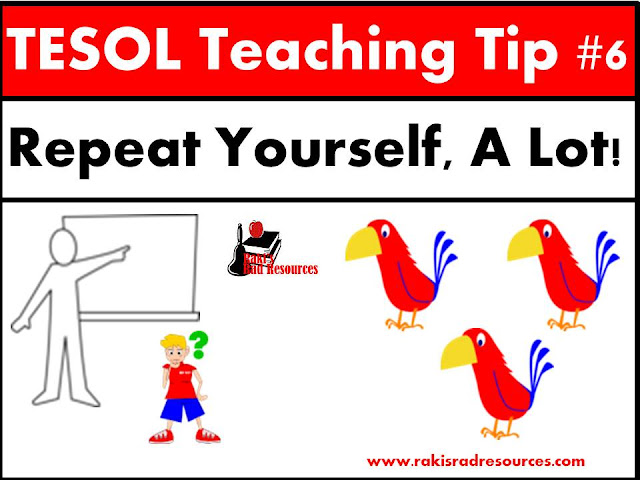I LOVE to play board games at home, but I also enjoying using them in my classroom. In addition to encouraging cooperation, turn taking and a variety of other social skills, I find I can often use the games to work on math and literacy skills. So, every Friday, I am going to post a Friday Game Night post, giving tips on how to use a particular board game in your classroom. Here’s this week’s Friday Game Night Tip:
Chutes and Ladders – Part 1
Who doesn’t like Chutes and Ladders (also called Snakes and Ladders)? It’s a classic game that is a part of most primary classroom and home game collections. It’s also a great way to work on both math and literacy skills. This week, I have a list of ideas for using this game to work on math skills. Next week, I’ll continue my list with literacy skills. So, how can we use Chutes and Ladders in the classroom?
1. Standard Play – By simply playing Chutes and Ladders in it’s original format, you work on math number sense. Although the game looks like a hundred’s chart, it does not start each ten over at the beginning of the row. So, while children are playing, they must always be aware of what number is larger, in order to know which way to go. This leads you into a great discussion of which number is larger and which number is smaller.
2. Hundred’s Chart – While or after playing, compare the game board to a hundred’s chart. See if students can figure out the difference between the two boards. Then, have students rearrange the Chutes and Ladders board using post it notes, until they have a hundred’s chart. Can they see the pattern they have now?
3. Addition & Subtraction Facts – Not only can kids create an addition fact for each move (I’m on space 23 and I spun a 5, so 23 + 5 = 28.), but they can create addition facts that go with each of the ladders and subtraction facts that go with each of the chutes. Or, you can make these addition/subtraction facts ahead of them, write them on index cards and let the kids figure out which chute/ladder each fact goes with!
4. Problem Solving – I love to have students write their own problem solving questions, and Chutes and Ladders is an easy way to facilitate this. Have students write out their own word problem for one of the chutes or ladders. Then, allow students to trade their word problem with a neighbor and solve!
I hope some of these suggestions will allow you to use Chutes and Ladders in a new, interesting way in your classrooms. Keep playing games and watch your kids learn!




